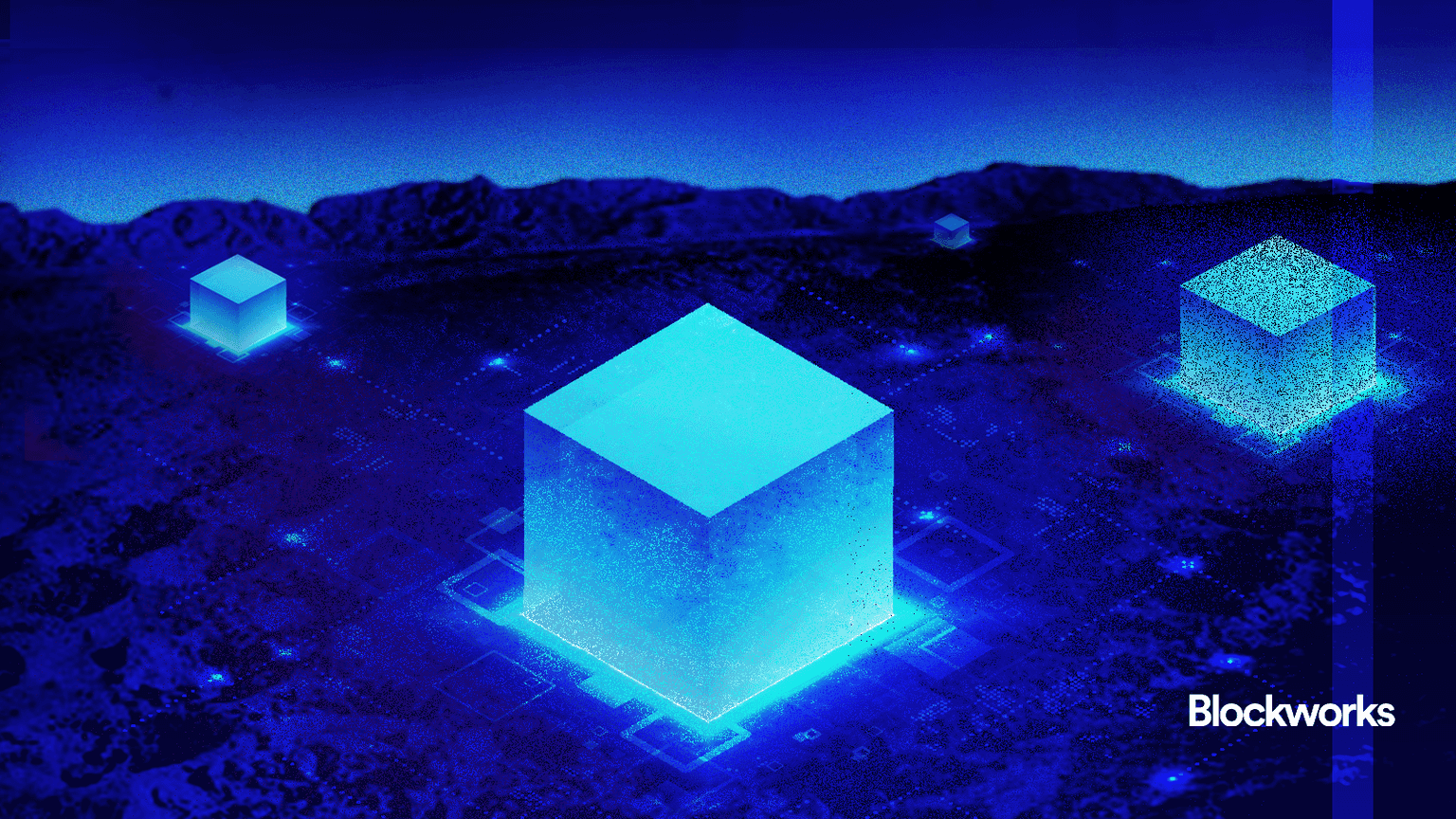Q&A: What to watch ahead of the Bitcoin halving
Grayscale’s research team sheds light on what is different about this halving and how to prepare

Artwork by Crystal Le
Bitcoin’s next halving event, where the reward for miners is cut in half, is slated to come any day now.
Historically, halving events have been followed by new all-time high prices for bitcoin, so traders are optimistic. But given bitcoin’s recent run, escalating geopolitical tensions, and an increasingly uncertain macroeconomic outlook, analysts say this time could be different.
Blockworks sat down with Grayscale researcher Michael Zhao to discuss the possible outcomes and get tips on what investors should be watching.
Keep reading for excerpts from Blockworks’ interview with Zhao.
Blockworks: What does history tell us about halving cycles and pricing?
Zhao: While there have only been three halvings in the past, there tends to be a price increase after the halving after a few months. Given there’s a sample size of only three previous events, it’s hard to say that the price increase is due to the halving. The halving itself is already known to all market participants, so something like a decrease in issuance that’s already well-known theoretically shouldn’t impact the market at all.
Blockworks: What is different, if anything, about this halving? What impact will this have on pricing?
Read more: Here’s what the current state of Bitcoin development looks like ahead of the halving
Zhao: The halving means the Bitcoin protocol is working exactly as it was programmed to. I think the only difference between this halving and the last halving is the different market dynamics between one: ETF flows representing a counter to an even lower issuance [and] two: increased activity around ordinals and excitement surrounding Runes.
ETF flows seem to be a pretty straightforward story that’s been covered extensively; reducing the inflation rate by halving brings down potential sell pressure. While 3.125 BTC per block might seem like a small number, assuming there are around 52000 BTC produced annually post halving, at a price of $70,000, that’s $3.6 billion of potential sell pressure that is reduced annually. It adds up.
Ordinals and the Runes launch (Runes are essentially another standard for a fungible token on Bitcoin) will probably spike transaction fees on the day of the halving and will continue to see more and more interest from the crypto native crowd. I’m unsure if this will cause anything significant for price, but this activity will be beneficial for miners, who will see increased transaction fees.
Blockworks: We’ve seen increased institutional and retail interest in recent years, especially with the launch of bitcoin ETFs. How are these investors thinking going into the halving?
Read more: ETFs helped ‘legitimize’ bitcoin ahead of halving: Q&A
Zhao: I think broadly that others think that price will increase post-halving, given what they’ve read or seen. I think they are probably right. I would caution them that they should study both the crypto and macro environments surrounding each of the previous halvings and understand how those factors might have had a larger impact on Bitcoin’s price, more so than the halving itself.
Blockworks: The narrative around the halving seems to be price-positive, but are there potential downsides?
Read more: Financial trouble for bitcoin miners: A look back, and ahead as the halving looms
Zhao: It might be a stretch, but there seems to be a competition between the miners right now, where some players are trying to crowd out other players by increasing hash rate, selling bitcoin etc., making it less profitable to mine. While miners have become a smaller and smaller source of Bitcoin volume over time, the price of bitcoin could be impacted by this sort of internal competition amongst miners. However, I expect that this won’t be that big of a deal long-term.
Get the news in your inbox. Explore Blockworks newsletters:
- The Breakdown: Decoding crypto and the markets. Daily.
- 0xResearch: Alpha in your inbox. Think like an analyst.






